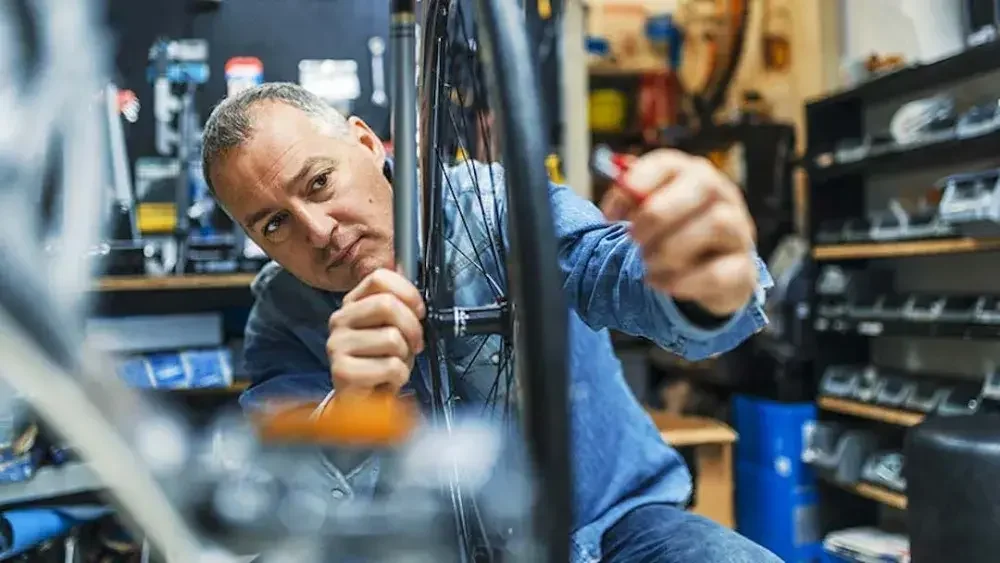Filing a patent application is usually just the start of a process, a process that can take years to complete. Utility, design and provisional patents all have a particular process. This article focuses on the most complex of these patents, the utility patent.

Filing an application for a utility patent
Compared to provisional and design patents, utility applications have a long process. When most people think of a patent, they are thinking of a utility patent. This is a fully enforceable patent that protects an invention. Utility patent applications undergo a more formal review process once they reach the United States Patent and Trademark Office (USPTO), and the patent examiner makes more direct arguments based on previous patents and non-patent literature in the field (these previous patents are called "prior art"). As a result, you will likely have to respond to the examiner's requests, called Office actions, and wait longer between those responses.
Drafting and filing an application for a utility patent
Drafting a utility application is usually more involved than a provisional or a design patent. The application has more formal requirements, and the nature of the invention is usually more difficult to convey. Additionally, you will need to make strategic considerations:
- Should you break your invention into multiple patent applications?
- As you further develop your invention, do you have a new patent or a continuation of your existing patents?
Shortly after filing your patent, you may get an objection. Objections are not arguments about the scope of the patent, but usually a technical defect in the patent. such as an incorrect drawing or a missing part of the application. Objections are usually easy to correct.
Waiting for the USPTO review
According to the USPTO, the time until the first office action from filing is two years. That wait is called the backlog, and it is a serious problem. Recent patent reform seeks to shrink that backlog by hiring more examiners and opening new offices for the USPTO. As of 2015, two years will be the approximate time frame to wait until you get your first response from the USPTO on the patentability of your invention.
At about 18 months from your earliest filing date, your application will be published as it was filed. The public will be able to find your patent application and will be able to watch your patent as it goes through prosecution.
Your first office action and prosecution
At the end of the two-year wait, you will receive a letter from the patent office. This letter may include further formal objections to errors made in your application and, usually, a rejection. Most patents are initially rejected, so don't let this deter you. Instead, you (or your patent attorney) can argue on your behalf. This process is called prosecution. Don't let the term scare you. You aren't going to become a criminal if your patent is rejected. You just have to defend your invention against the USPTO. This process, though time-consuming and often frustrating, is what ensures that patents in the United States are protected.
The patent office will look at the scope of your claims and reject each one based on the prior art you submitted with your application or prior art found by the examiner.
If your claim is rejected based on a single prior art reference, that rejection is called an anticipation rejection. You can respond to an anticipatory rejection by arguing that the reference does not anticipate your claim.
For example, if you are claiming a device with six parts to it, then you can argue a prior art reference only mentions 5 of those parts. To make an anticipation rejection, a single prior art reference must include every element of a claim. Alternatively, if the reference has all six parts, then you can add another part to your claim and make it narrower.
If your claim is rejected based on the combination of multiple references, it is called an obviousness rejection. You can respond to an obviousness rejection in similar ways as an anticipation rejection—argue against the reference or narrow your claims. In addition, you can argue that someone in your field would never think to combine the two references. You can also introduce objective evidence of nonobviousness, such as criticality or unexpected results, commercial success, long-felt but unsolved needs, failure of others, skepticism of experts, etc.
Allowance and issuance
Once you have either convinced the examiner that your invention is novel and nonobvious, or you have narrowed your claims to fit the examiner’s rejections, then you will receive a notice of allowance. The notice is for your claims; the examiner will tell you which claims have been allowed. That means that the USPTO will award you a patent containing those claims and no others. Allowance requires you to make a choice.
You may not want those claims, or you may want the claims, but you may also want to get other claims. If this is the case, you continue the prosecution. In this case, you receive a patent for the allowed claims and continue prosecution for any claims that have not yet been allowed.
Once you are given a notice of allowance, you have a non-extendable time of three months to pay the issue fee—the fee to finalize your patent with the USPTO. Once you pay the issue fee and receive a patent grant, you have an enforceable patent. The USPTO will assign you a patent number, publish your entire patent with granted claims, and include it in a list of newly issued patents.
Getting a utility patent is not a quick and easy process, and the prosecution phase will certainly be challenging. You can get a patent on your own, but sometimes it is best to let an attorney guide you through the process.
LegalZoom can help you file your patent application, when you are ready. We offer a patent search service that helps find conflicts with published patents, a team of professional patent artists to give your patent quality artwork, and a consultation with a patent professional about your application.


